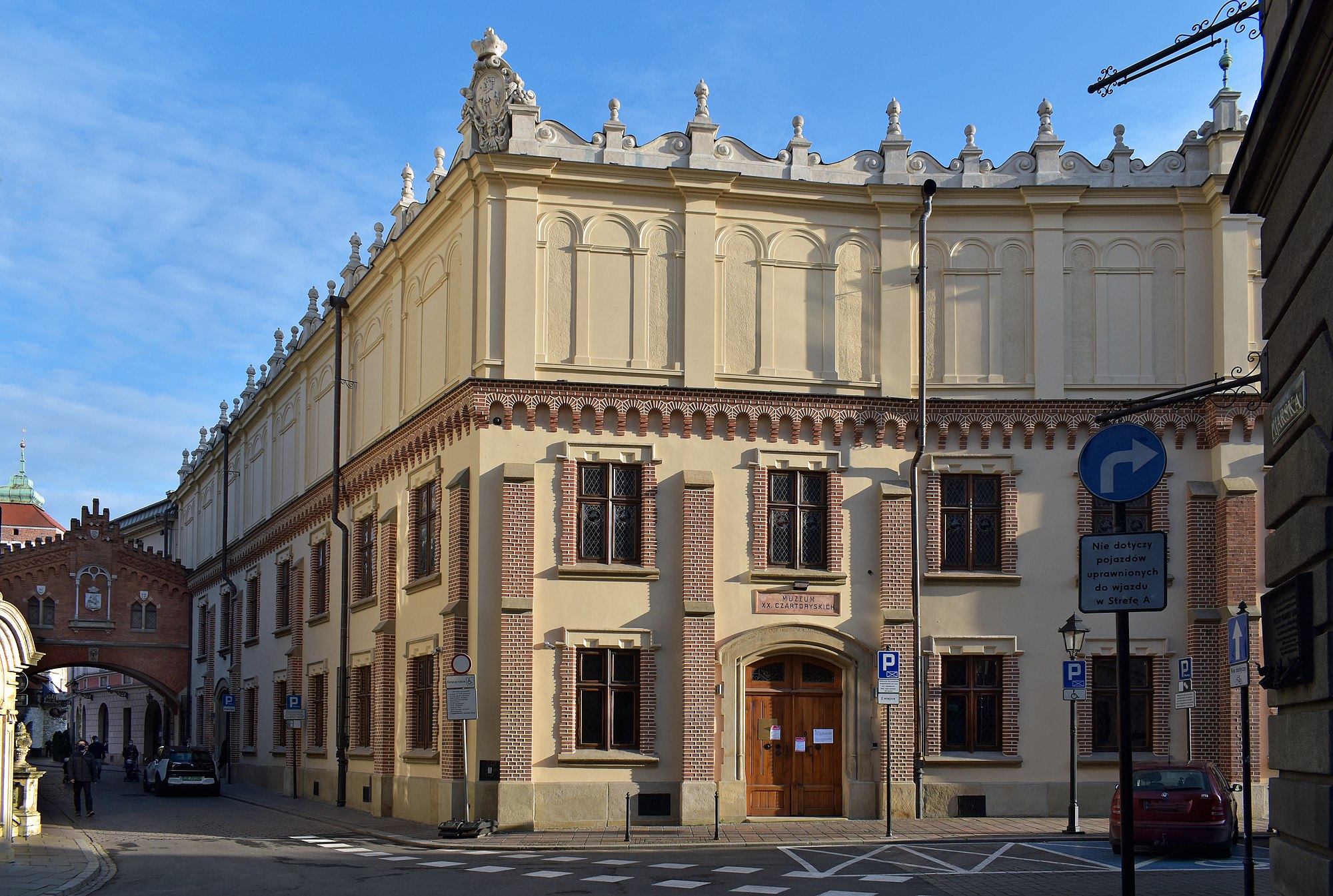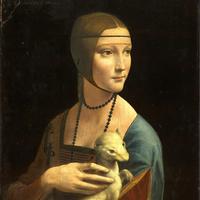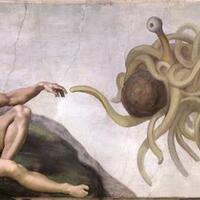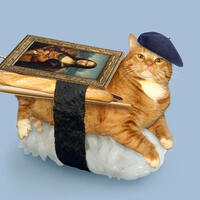More about Princes Czartoryski Museum
Works at Princes Czartoryski Museum

Sr. Contributor
Polish Princess Izabela Czartoryska went from amateur collector to professional overnight by opening her very own museum: The Czartoryski.
Given that some of the Princess's collection supposedly included Shakespeare's chair, chippings off of Romeo and Juliet's graves, and El Cid's ashes (yes, THE Cid), it's easy to picture the nascent Czartoryski as a greatest hits gallery from her giant perfumed hoard. To the left are Japanese bronzes, Etruscan pottery, and Turkish jewelry. To the right, her highness's soiled collection of People Magazine from 1982-1998. I'm hoping to see that tactic on Hoarders soon: "That stays, it's the main attraction in the antiquities wing of my forthcoming museum!" Then they grab up the thing and run out of the room screeching "Forthcoming!"
The current iteration of the Czartoryski occupies a former castle in downtown Krakow. However, this museum has seen more homes than an MTV Cribs marathon. The museum -- collection, curator and all -- has moved across Europe several times.
For instance, Izabela's grandson, Prince Adam "The Situation" Jerzy, moved the Czartoryski collection to Paris for a spell in the mid-1800s. By Paris, we mean that Prince Adam bought a posh Parisian hotel just to house the museum. Verdict: Baller. By moved, we mean he skipped town with all his shit to avoid a death sentence for supporting an insurrection against the Russian occupation. Verdict: Gangster.
In another instance Prince Adam Ludwik, grandson to Prince "The Situation", was called to serve his country in World War I. His wife Princess Maria Ludwika felt the family museum would be safer in war-torn Germany rather than war-torn Poland. The German government repaid this trust by refusing to give it back to the Czartoriskas and Poland until 1920, two years after the end of the war. This wouldn't be the last time in the 20th century that Germans took a five finger discount with the Czartoryski.
The museum's crown jewel, and Poland's most valuable painting, is Leonardo's Lady with an Ermine. The da Vinci and nearly 1000 other works -- including Raphael's Portrait of a Young Man and a Rembrandt -- were robbed from the museum by Nazis at the dawn of WWII. The Nazis actually put looting the Czartoryski atop their priorities in the aftermath of the invasion. While that's high praise, it probably isn't an endorsement the museum talks about very often.
Luckily, The Monuments Men rescued scores of the museum's stolen works. Lady with an Ermine was eventually traced all the way to the Bavarian summer home of the top Nazi in Poland. Other looted works have resurfaced in private collections and at auction houses the world over as recently as 2004. Still, 843 of the poached works remain lost, including Portrait of a Young Man. If only someone would listen to me about age-adjusted photos, we might just bring Young Man home.
Featured Content
Here is what Wikipedia says about Czartoryski Museum
The Princes Czartoryski Museum (Polish: Muzeum Książąt Czartoryskich [muˈzɛ.um ˈkɕɔ̃ʐɔnt t͡ʂartɔˈrɨskʲix]) – often abbreviated to Czartoryski Museum – is a historic museum in Kraków, Poland, and one of the country's oldest museums. The initial collection was formed in 1796 in Puławy by Princess Izabela Czartoryska. The Museum officially opened in 1878. It is now a division of the National Museum in Kraków.
The Puławy collection was partly destroyed after the November 1830 Uprising and the confiscation of the Czartoryski properties. Most of the Museum holdings, however, were saved and moved to Paris, where they reposed at the Hôtel Lambert. In 1870 Prince Władysław Czartoryski decided to move the collections to Kraków, where they arrived in 1876.
The most renowned painting at the Museum is one of Leonardo da Vinci's best-known works, the Lady with an Ermine. Other highlights include two works by Rembrandt; several antiquities, including sculptures; Renaissance tapestries and decorative arts; and paintings by Hans Holbein the Younger, Jacob Jordaens, Luca Giordano, Pieter Brueghel the Younger, Dieric Bouts, Joos van Cleve, Lorenzo Lotto, Lucas Cranach the Younger, Lorenzo Monaco, Andrea Mantegna, Alessandro Magnasco, and the Master of the Female Half-Lengths.
The Museum's main facility closed for restoration in 2010 and reopened in December 2019. During this time, parts of the collection were displayed at other venues.
Check out the full Wikipedia article about Czartoryski Museum














